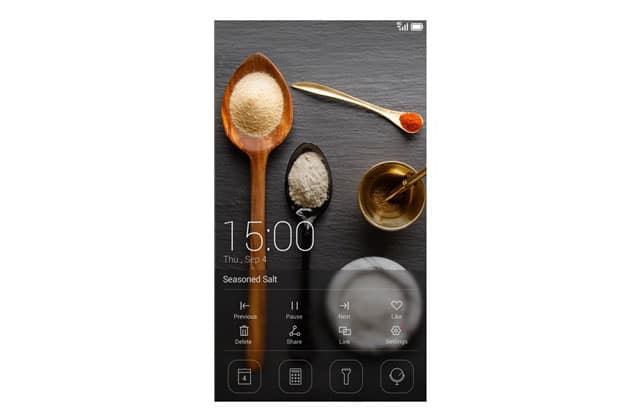Are Android customizations good or bad?
The ability to tweak Android has for long been one of its strong points. But, just like other times, too much of anything is bad
 Premium
Premium
Android is the most popular operating system worldwide with 78% market share, according to IDC’s Worldwide Quarterly Mobile Phone tracker report, published in May 2015.
Users prefer it because of the flexibility and level of control it provides in terms of customization and personalization. This is in stark contrast to Apple’s iOS, Microsoft’s Windows Phone and Blackberry’s BB10, which pretty much restrict any customization. While there are some clear benefits of customization, there are some problems too.
What’s good
Custom user interface: The original Android was developed and designed by Google and is used in phones such as Google’s own Nexus series, Motorola’s Moto series and also the low-cost Android One devices. This is referred to as stock Android.
Then there are smartphone makers such as Samsung, HTC and Sony which put what is known as a custom user interface (UI) over stock Android. The basic idea is to differentiate their phones from the rivals, and also add more features and apps that they believe will enhance the user experience.
Enhanced usability and more features: Phones with custom UI are very popular with users. A testament to the fact is Samsung’s marketshare (24.6% at the end of the first quarter of 2015). Its phones run what is known as the TouchWiz interface. It adds features such as side-by-side multi-tasking, optimization tools, the stylus features, the ability to keep the phone’s screen on as long as the user is looking at something on it and Flipboard’s Briefing app that puts the news and updates on the home screen. HTC has Blinkfeed that not only changes the look of the home screen, icons and backgrounds, but also tweaks usability along the way. It is the same theme throughout, be it Sony, LG, Xiaomi, Lenovo or others.
The visual pull: While the original version of Android has always been simple and light, custom UIs are known for their visual flair and funkiness. Many like them simply for their attractive themes and wallpapers.
Developer support is a boon: While phone makers are more focused on unique features and apps, some custom interfaces have gone a step further by providing users more control over the Android operating system as a whole. Cyanogen OS, developed and maintained by an independent community of software developers, gives users the ability to control fine visual elements, as well as privacy settings by restricting apps from accessing data such as messages and contacts or hardware elements such as the phone’s camera or microphone.
What’s not
But along the way, this noble mission became a bit troublesome and was overdone in more than one instance. A look at some problems which most Android phone users would have experienced, at various points of time.
Late Android updates: Customizations mean that your phone doesn’t get the latest Android version as soon as it is released. Unless you are using a Nexus smartphone, chances are, you have to wait many months for the next Android experience. This is because smartphone makers need to implement all features unique to their phones on the new piece of software, and the testing takes time.
Resource hungry: If your phone is not running the most powerful hardware, customizations tend to hit performance. This can be blamed on poor software optimization—the features may not be working smoothly with the basic Android OS. Let us take the example of Xioami’s MIUI which works smoothly on more powerful phones such as the Mi4 but struggles on less powerful Redmi 2. While Samsung’s latest version of TouchWiz is much slicker than its predecessor, it took the company many years to finally iron out all the problems.
Android fragmentation: Most Chinese phone makers regard their custom UIs as a full-fledged operating system in itself, even while running Android. The net result is they end up ignoring the more important Google updates, which may even include security patches. According to research firm Open Signal, there are over 1,000 phone makers that use Android OS.
Too many pre-loaded apps: The most annoying aspect of customization is that phone makers force apps on users, which may or may not be relevant to them. In the end, they sit there eating into storage space, and perhaps even using up crucial memory and battery.
Unlock a world of Benefits! From insightful newsletters to real-time stock tracking, breaking news and a personalized newsfeed – it's all here, just a click away! Login Now!






